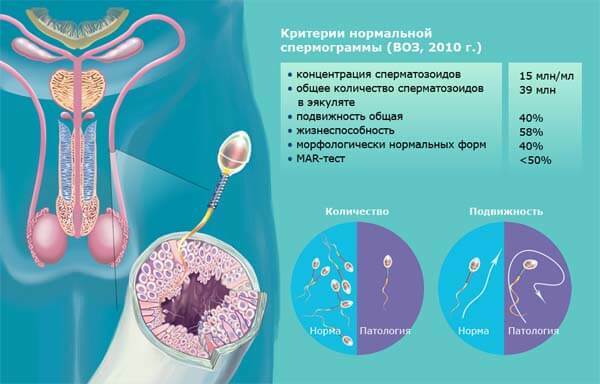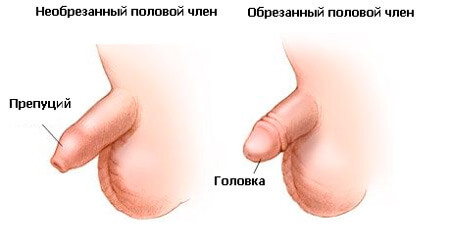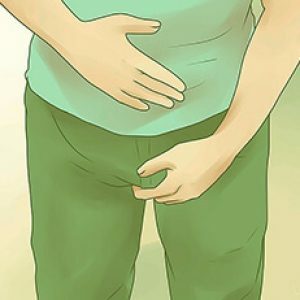Radiation therapy of prostate cancer

Radiation therapy for prostate cancer from radical prostatectomy is characterized by the fact that the organ is not removed completely, but the tumor is destroyed directly at the site of the growth of the tumor. Radiation therapy uses large doses of X-ray irradiation, the rays of which are concentrated on the tumor site of the prostate.
Remote radiation therapy for prostate cancer is considered the most common technique. Technicians and oncologists-radiologists, using MRI and CT imaging, determine the location of the tumor in which x-rays are directed. To map the location and further irradiation of the tumor with the use of 3D conformal radiotherapy, special software is used, due to which the largest doses of radiation are spreading within the prostate and in the tissues of the tumor. This type of radiation therapy is considered the most effective, as there is a precise aiming in tumor tissues. In addition, precise aiming of irradiation reduces the likelihood of complications after therapy.
The next step in the correct planning of dosing is radiotherapy with modulated intensity. As the results of studies show, the use of large doses of radiation, as a whole, gives better results. However, it should be remembered that the prostate is next to the bladder and rectum( and these are two important formations).And if there is a radiation damage to these formations, then this is fraught with the development of problems with the intestines and urination. And according to research data, over time these problems are only aggravated, because the effect of radiation as a result is cumulated. In order not to face such problems, radiologists, choosing radiation doses, balance the dose so that the cure effect is as high as possible, and the side effects are minimal. This type of irradiation allows you to regulate the intensity of radiation doses affecting the prostate tissue. Doses of radiation are delivered more accurately to the prostate tissue, which are in places adjacent directly to the underlying organs. Local tissue damage in this procedure is reduced, and the risk of complications decreases, while the high efficiency of treatment remains. Regardless of the type of radiation( radiation) therapy, treatment is carried out in a week 5 days for 7-8 weeks. The course of treatment is usually performed on an outpatient basis.
Brachytherapy - internal radiotherapy. This method of therapy consists in introducing a source of radiation into the prostate, which exerts its effect not from the outside but from the inside. Thus, the effectiveness and strength of irradiation exceeds the results of external radiation therapy. To the affected sites of the prostate with the help of needles are introduced grains with a radioactive substance( about 40-100 grains are introduced).The radioactive substance disintegrates within one and a half to two months, and the grains remain in the prostate. The operation is usually performed under local anesthesia, and the patient is discharged home the next day. In this case, the probability of injuring healthy cells, unlike external radiation therapy, is reduced. But even with this method of irradiation, unfortunately, both cells affected by cancer and healthy cells are killed and killed.
Side effects of this type of radiation: impotence( until proven scientifically that this type of irradiation in comparison with external irradiation reduces the probability of this problem, studies continue), diarrhea, frequent urination.
This method of irradiation is used in the initial stages of a tumor, if the cancer cells do not affect other organs and the tumor grows slowly.
The importance of dosage planning
Surgical skills play an important role in surgical intervention, and the results of treatment are influenced by the sleight of hand and the technical skills of the attending physician( it is an important factor in the treatment of prostate cancer).Since the prostate is surrounded on all sides by organs and tissues, any deviation( even by 2 mm) upon irradiation can damage healthy tissues.



